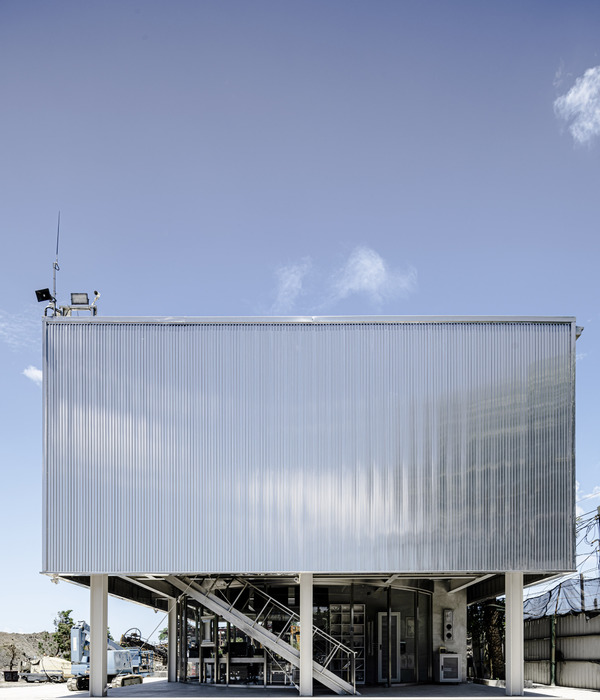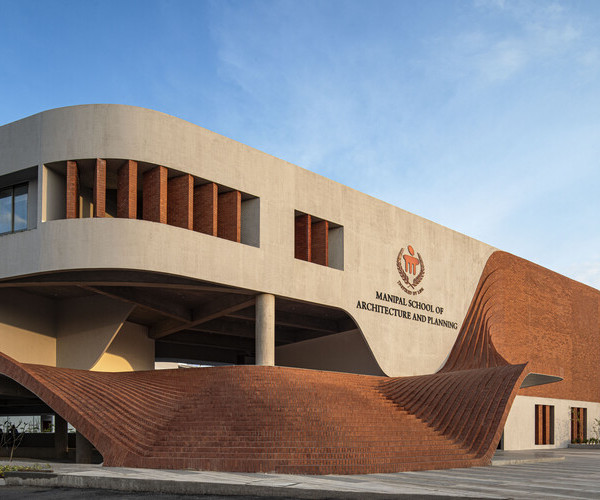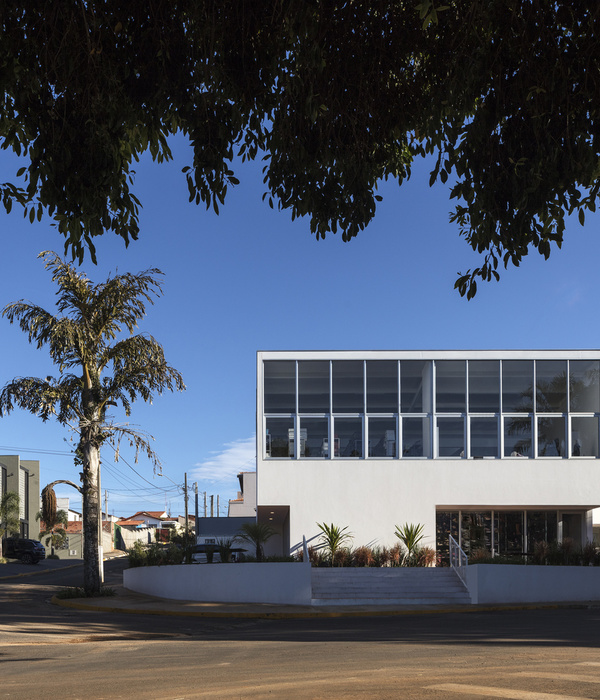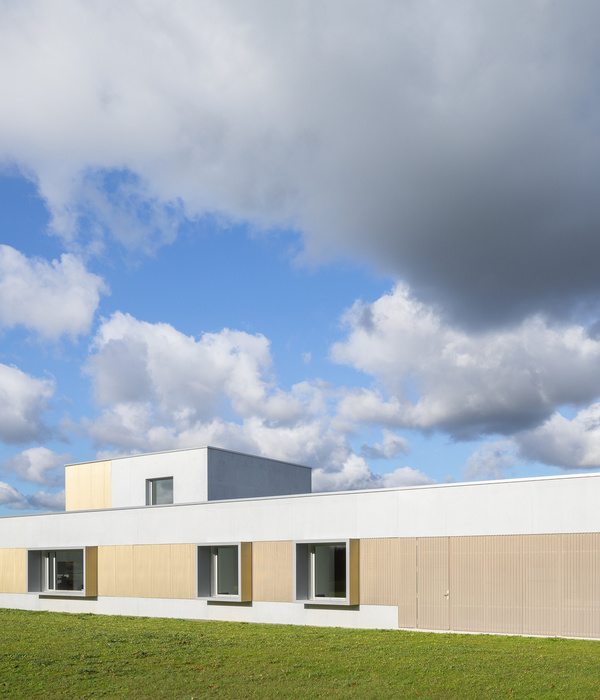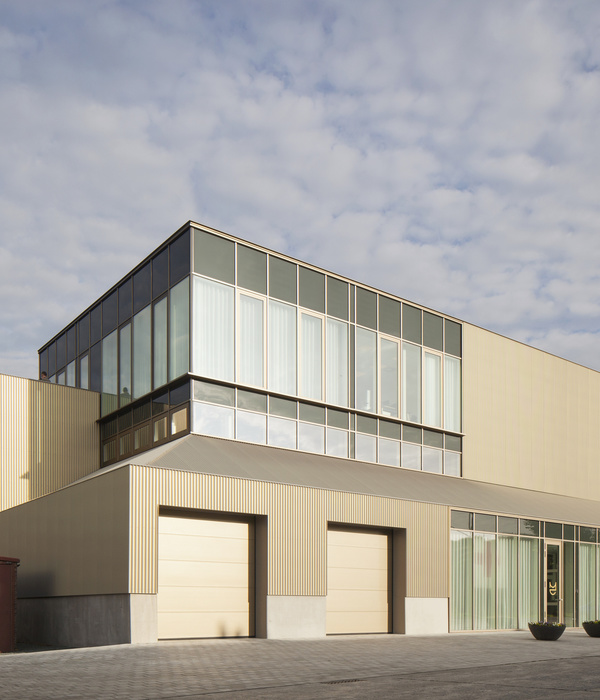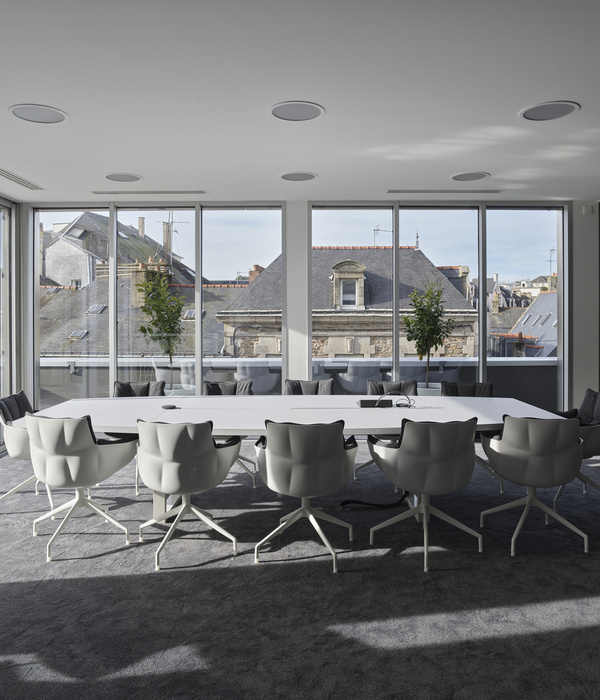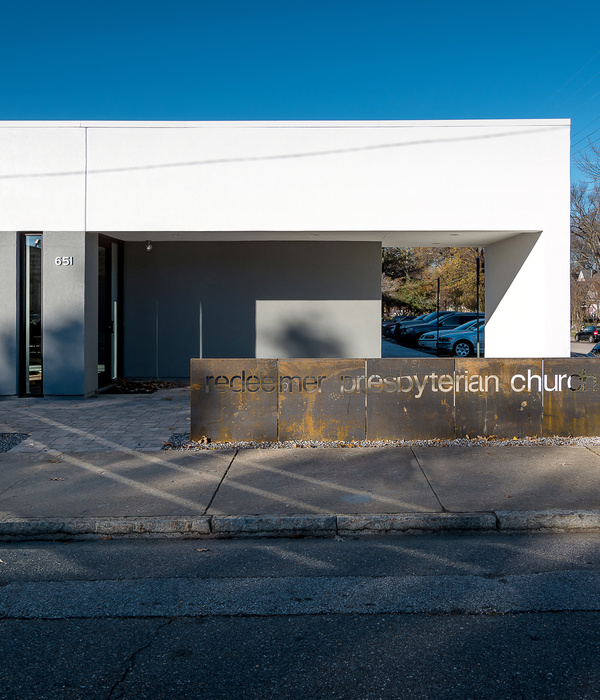When Tim Street-Porter was studying architecture in London in the early 1960s, David Hockney was a student at the Royal College of Art. Like Hockney, Street-Porter moved to Los Angeles at the beginning of his career as an architectural photographer to break free of the drab monotony of European cityscapes.
“David wanted to capture the extraordinary light, the desert landscapes, and the particular qualities of the architecture and all the palm trees, and those were all the same things I was interested in,” says Street-Porter, who first visited Los Angeles as an exchange student in 1964. He was studying in San Francisco and went to L.A. for the weekend to take in a Beatles concert at the Hollywood Bowl. That same weekend he saw all the Frank Lloyd Wright houses in the city and got his first taste of the limitless possibilities of L.A. When he returned a decade later, the architectural photographer met all the Cool School artists in Venice Beach, including Ed Ruscha and Frank O. Gehry, and it was Gehry who sponsored Street-Porter’s green card when he moved here in 1978.
Dolores del Rio House, Santa Monica, 1929, design by Cedric Gibbons, architect Douglas Honnold.
“I came as an architecturally trained guy and came to see it as an exotic blank canvas,” says Street-Porter, who has devoted the past four decades to filling that canvas with full-bleed operatic imagery that captures the essence of the city’s architectural icons, from Randy’s Donuts in Inglewood and Simon Rodia’s Watts Towers to Hollywood’s Chateau Marmont and Gehry’s Walt Disney Concert Hall downtown. In the process he’s published four books on the city and is working on his fifth,
, which will be released in the spring and captures dozens of marvels new (The Broad) and old (Wright’s 1921 Mayan Revival–style Hollyhock House). He’s making these images as well as printed editions of 300 buildings he’s photographed over the years—towering exteriors, lush interiors, and murals from the San Fernando Valley to East L.A.—available for licensing via his newly launched Iconic Los Angeles Agency.
“The whole perception of what L.A. is has hugely changed in the last 40 years,” says Street-Porter, who hopes his photos can provide a visual narrative for art directors and art collectors bridging the history of the city’s historic architecture—some of which has been regrettably demolished, like the streamlined Pan Pacific Auditorium where Elvis once performed—of this swiftly changing cultural capital.
“When I added it all up, I had an accumulation of images that nobody else has, so why not start an agency where I can market all the images under one roof,” says Street-Porter. “L.A. has some of the most extraordinary architecture in the world, and it’s not readily available for the people so I felt I was almost obliged to do this. Everyone’s been very enthusiastic thus far, so we’ll see how it goes.”
At a time when Los Angeles is at the center of protests for racial justice and in the midst of a second-wave coronavirus lockdown, Street-Porter’s images may be the best way for tourists (and residents) to get a cinematic glimpse of the L.A. they haven’t seen for some time.
Ackerberg House, Malibu, 1984–86, Richard Meier.
Ackerberg House, Malibu, 1984–86, Richard Meier.
Chateau Marmont, West Hollywood, 1927.
Beauty Pavilion, Sunset Strip, 1967, Oscar Niemeyer.
Tongva Park, Santa Monica, 2013, James Corner Field Operations.
Gehry Residence, Santa Monica, 1978, Frank O. Gehry.
Walt Disney Concert Hall, Downtown, 1987–2003, Frank O. Gehry Associates, landscape designer Melinda Taylor.
Westin Bonaventure Hotel, Downtown, 1976, John Portman.
The Wall That Speaks, Sings, and Shouts, East L.A., 2001, Paul Botello.
World Savings Bank, Toluca Lake, 1982, Frank O. Gehry.
Beverly Hills Gas Station, Beverly Hills, 1965, Pereira Associates.
Dolores del Rio House, Santa Monica, 1929, design by Cedric Gibbons, architect Douglas Honnold.
{{item.text_origin}}

